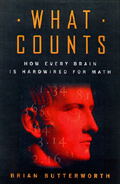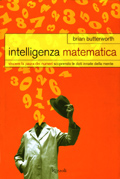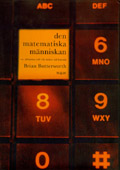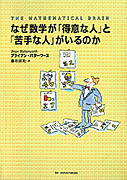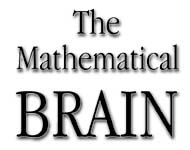 Nature Science UpdateFemales faster at spotting small numbersby Joanne BakerNature Science Update: 11th September, 2003.
Nature Science UpdateFemales faster at spotting small numbersby Joanne BakerNature Science Update: 11th September, 2003.Women have a better instinct for small numbers than men, hints a new counting study.
In a maths test based at a science museum, female volunteers recognized one to four dots more quickly than males did. Both sexes did equally well at counting larger numbers of dots.
"This is not what we predicted," says study leader Brian Butterworth of University College London. "We thought it just got steadily harder to count more and more objects."
The findings add to evidence that the brain deals differently with small and large numbers. We seem to have a built-in idea of 'two-ness' or 'three-ness', but must count to distinguish 12 and 13, say. The time difference between tallying 2 or 3 objects is much smaller than for differentiating 12 and 13, or 22 and 23.
Researchers hope that understanding the brain's counting mechanisms will help the 5% of children who have severe difficulty in learning maths.
Butterworth installed his computer test at Britain's @Bristol science museum. It measured reaction times for 18,000 people aged between 5 and 65. Visitors tapped buttons on a screen to say whether a number of dots displayed agreed with a figure shown next to it. "We wanted to engage the public in science by getting them to be part of the experiment itself," says exhibition manager Penny Fidler.
It takes about half a second to tot up a few dots. Women beat men by 50 thousandths of a second on average. This advantage disappeared for five or more dots.
Museum visitors also counted large numbers more easily with their left eye. This implies that the right side of the brain, which governs the left eye, is involved in counting. "The right hemisphere is important for estimating numbers in a non-verbal way," says Butterworth. The left brain associates numbers with words - the digit 7 with its title 'seven', say - and is involved in calculating.
Why the brain treats small and large numbers differently is not clear. Some social animals - rats, lions and chimpanzees - can count, a skill that perhaps enables them to decide how their group should react to single or multiple intruders.
Joanne Baker is a British Association Media FellowSee Also


